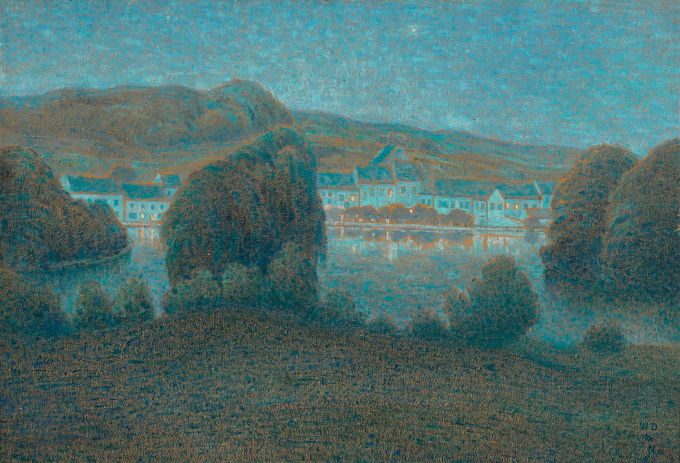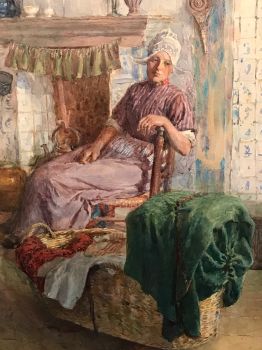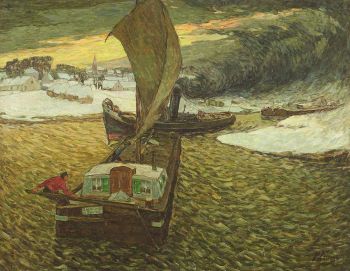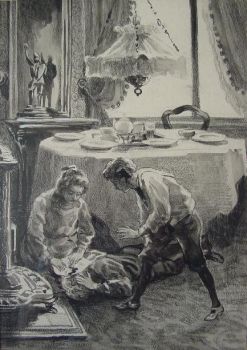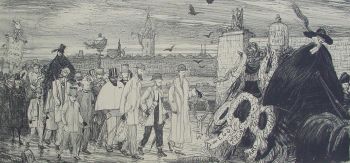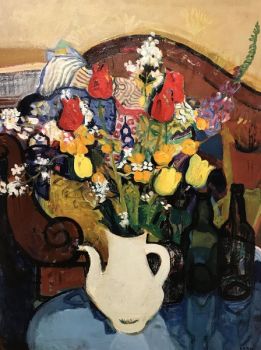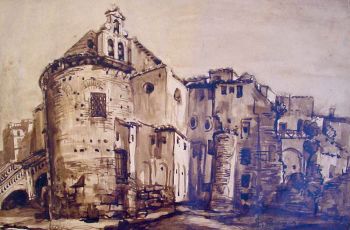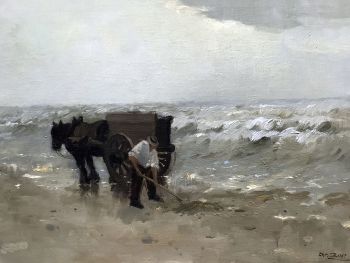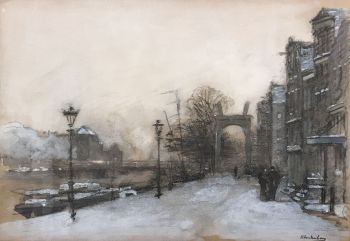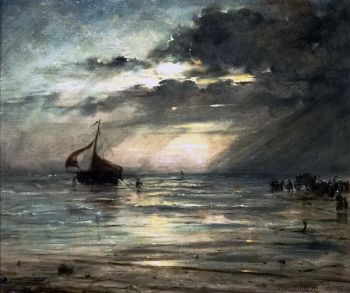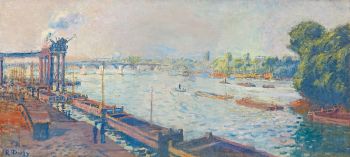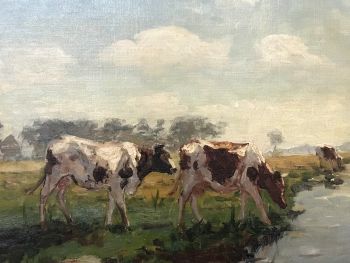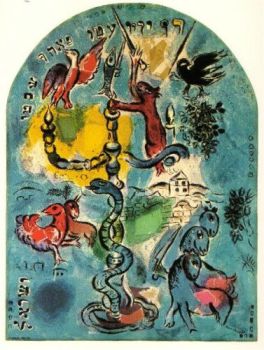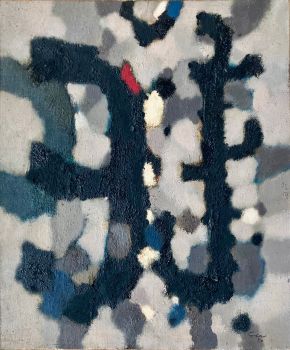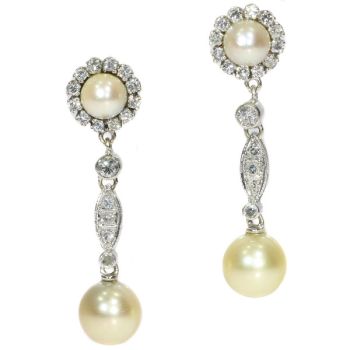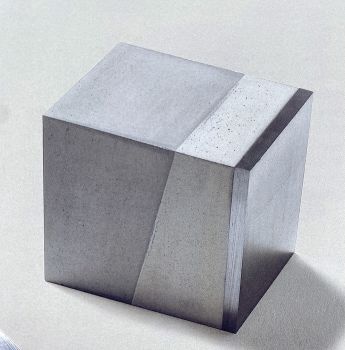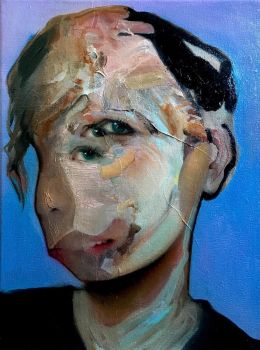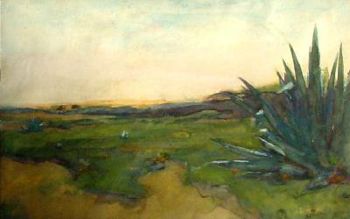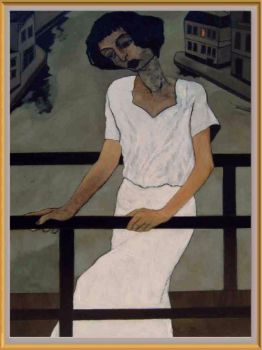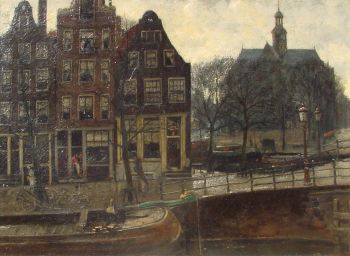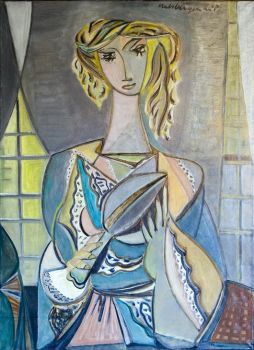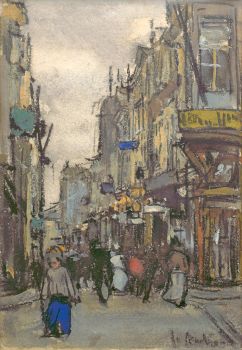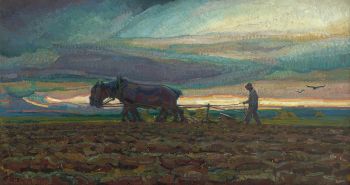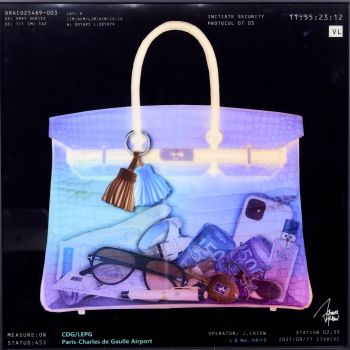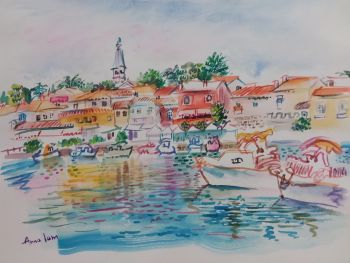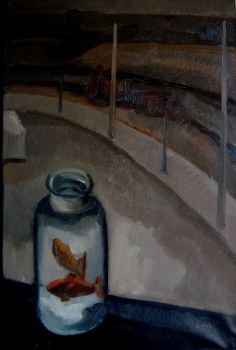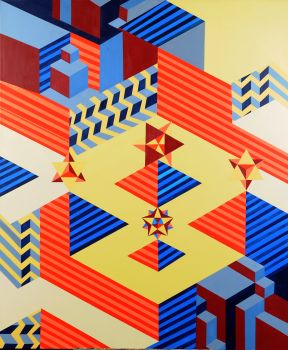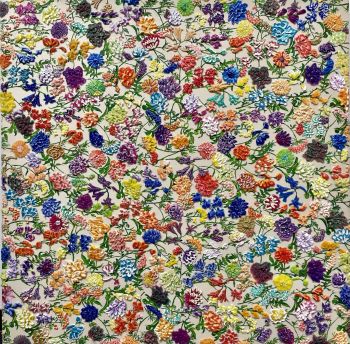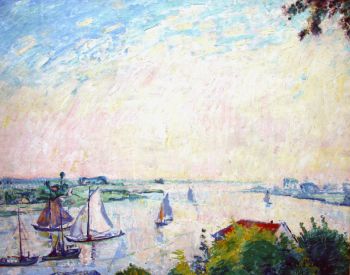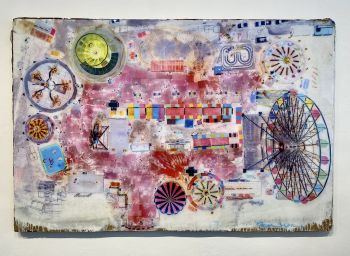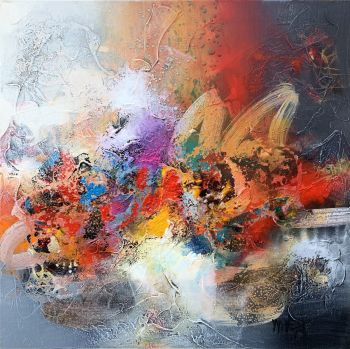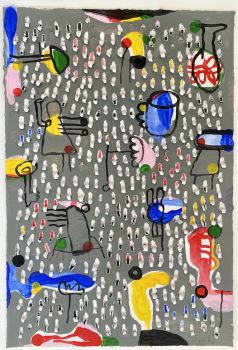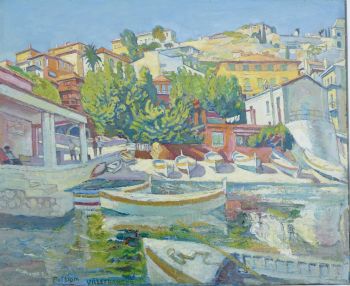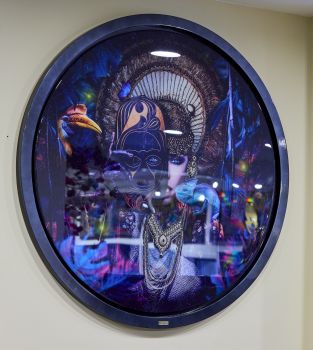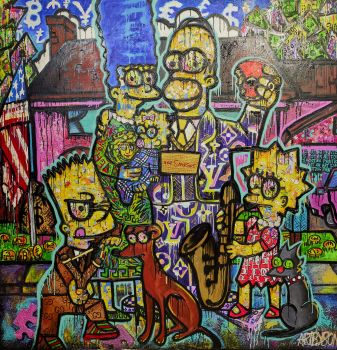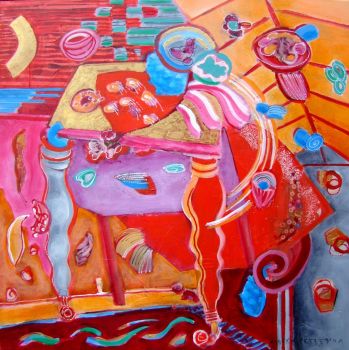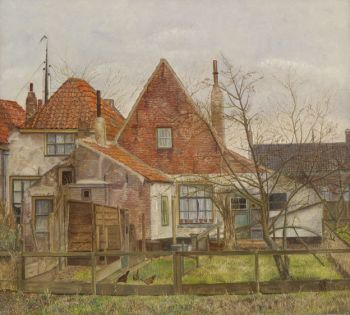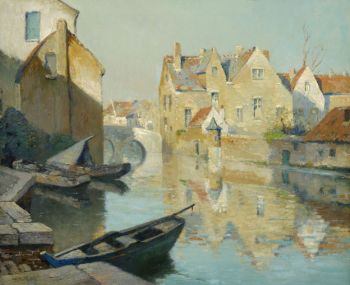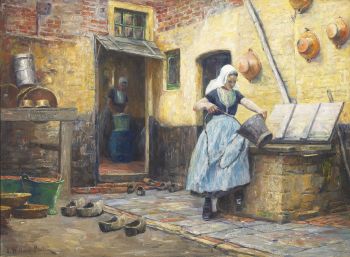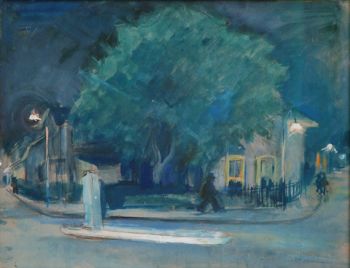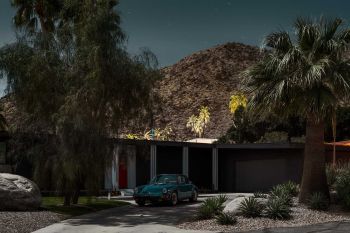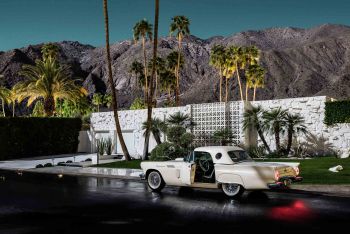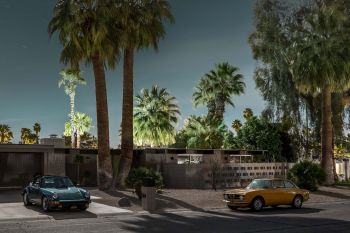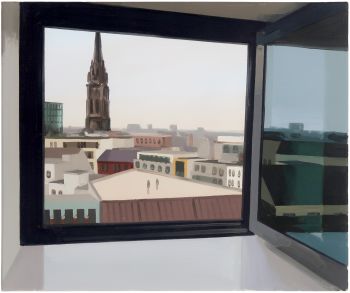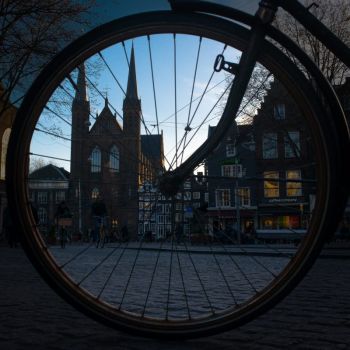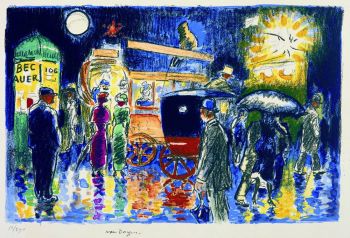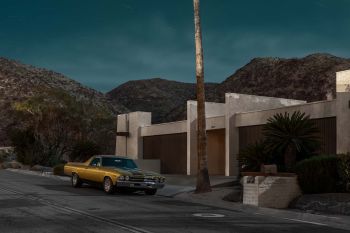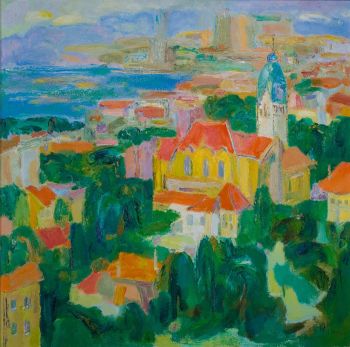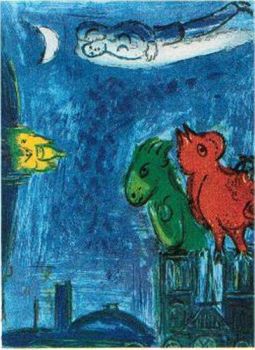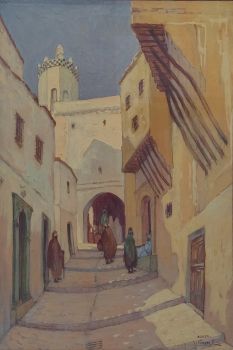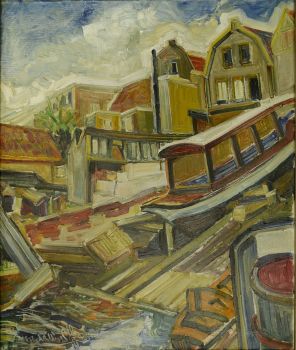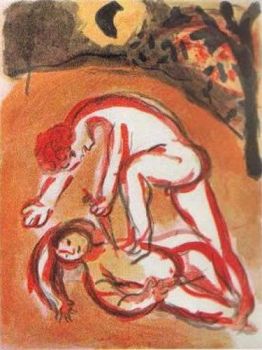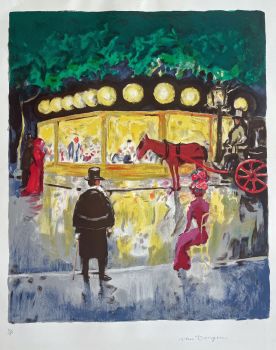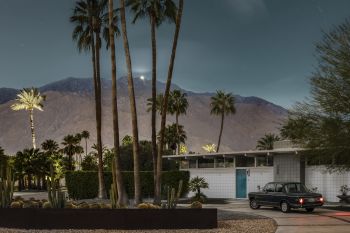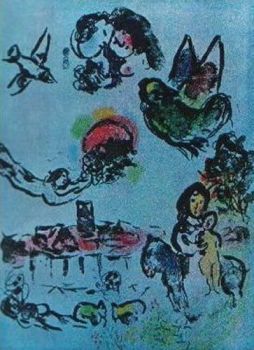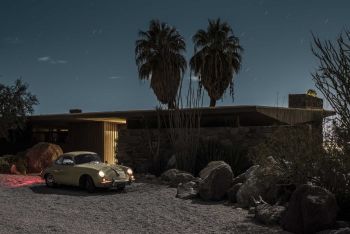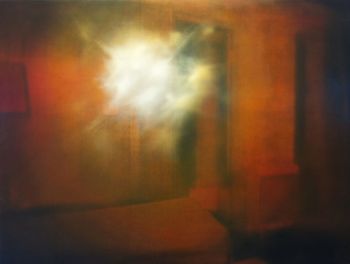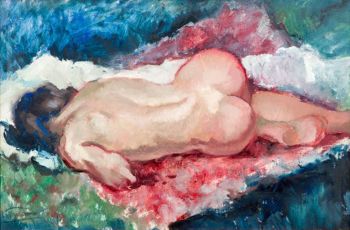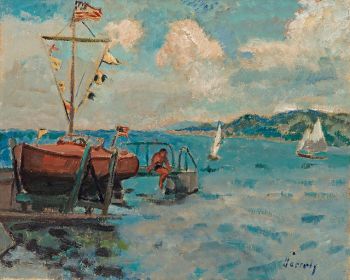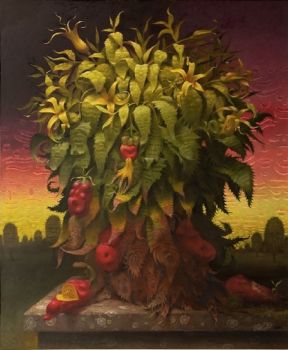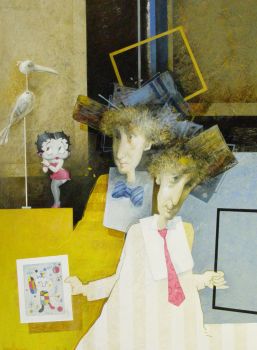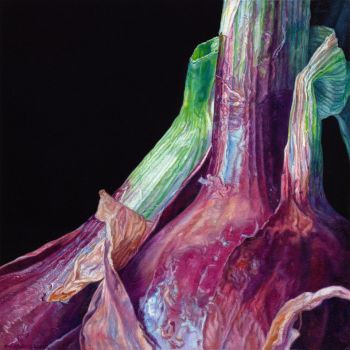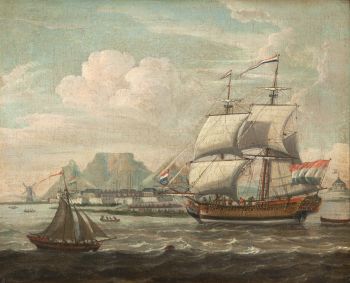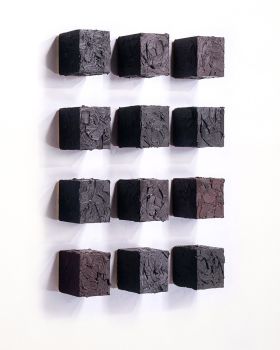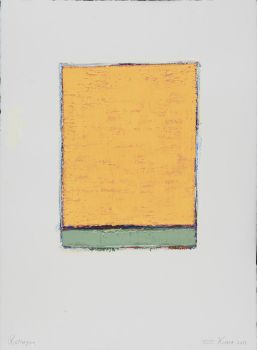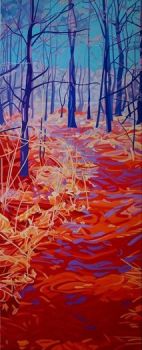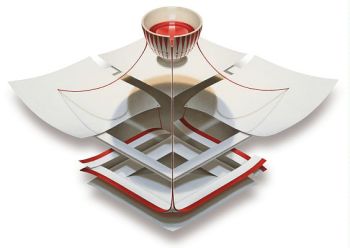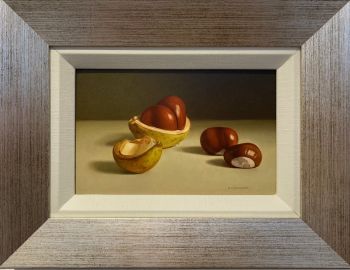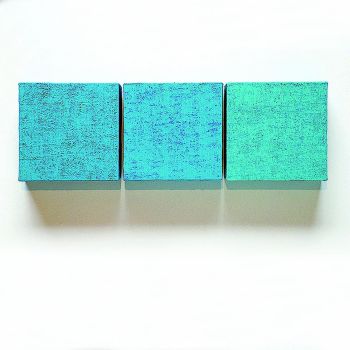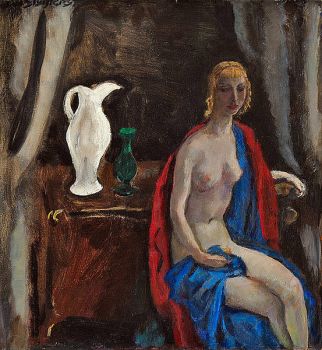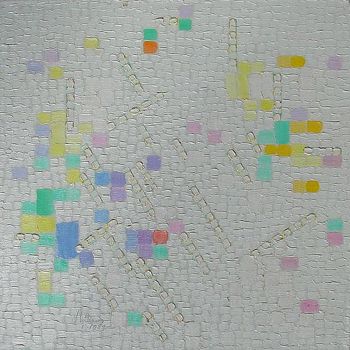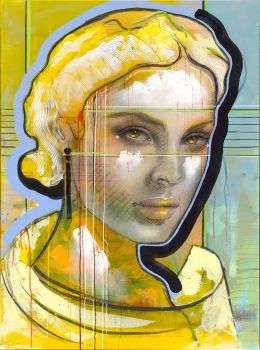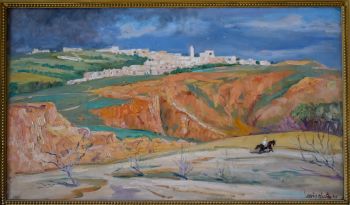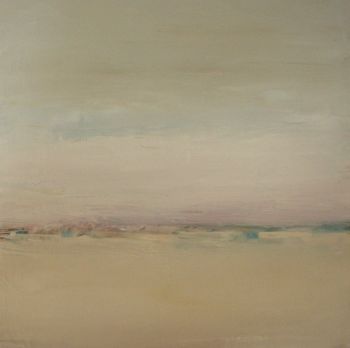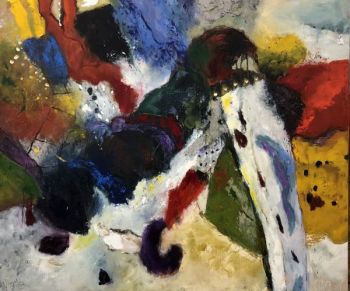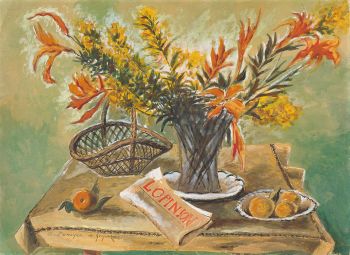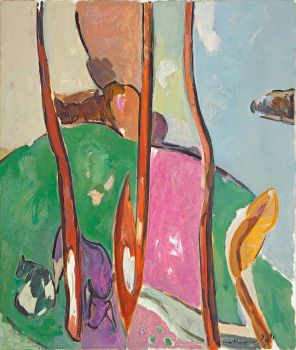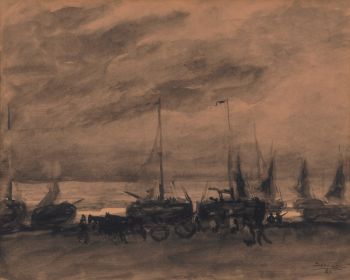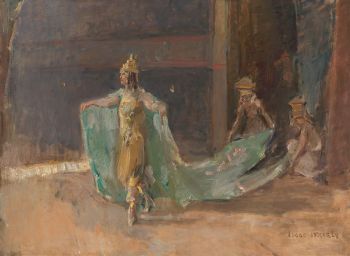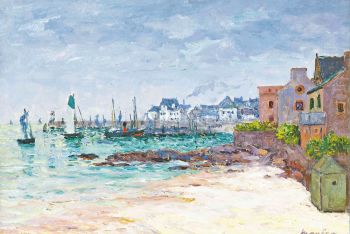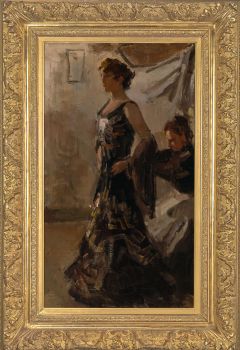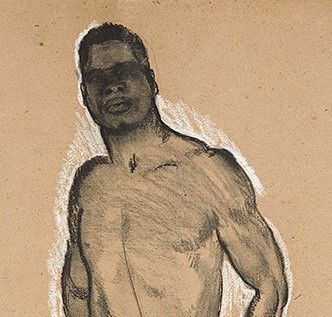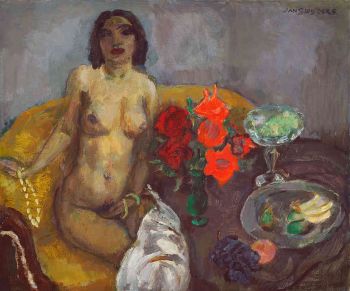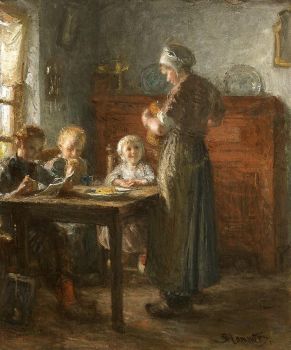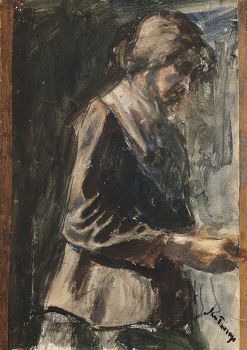Soir à Boitsfort
William Degouve de Nuncques
CanvasOil paintPaint
52 ⨯ 77 cm
Currently unavailable via Gallerease
Studio 2000 Art Gallery
- About the artworkSigned lower right
Private collection, Brussel; G.A. Gerbrands; Kunsthandel Huinck in Utrecht 1921, by the artist
Exhibited: 1908-2 Cercle artistique ; 1909 nr. 1 cercle artisique Brussel;1911 nr. 1 Rotterdamsche Kunstkring ; 1936 nr.4 Amersfoort Commémoratif ; 2001 nr. 4 Maison de la Belgique, Paris; 2009 nr. 1, Museum van Elsene, schilders van het Zoniënwoud 1850-1950/ les peintres de la forêt de Soinges.
Literature: Beeldende Kunsten 9de jaargang 1947 tekst van H.P.Bremmer ; Emmanuel Vandeput, p.83 is Tentoonstellingscatalogus, 2009 - About the artist
William Degouve de Nuncques (also Nunques; 28 February 1867 – 1 March 1935) was a Belgian painter.
He was born at Monthermé, the Ardennes, France, of an old aristocratic family, After the Franco-Prussian war (1870–71), his parents settled in Belgium, and he taught himself to paint. In 1894 he married fellow artist Juliette Massin, who introduced him to the circle of Symbolist poets, who had a considerable influence on his style. He belonged to the avant-garde group Les XX and later exhibited at La Libre Esthétique. He travelled widely and painted views of Italy, Austria and France, often of parks at night. His best-known pictures, Pink House (1892), The Angels (1894), and Peacocks (1896), demonstrate the magical quality of his work. Pink House is thought to have been a major influence on Surrealism, especially the paintings of René Magritte.
He is supposed to have said "To make a painting, all you need to do is to take some paints, draw some lines, and fill the rest up with feelings." A regular exhibitor in Paris, he was championed by Puvis de Chavannes and Maurice Denis.
From 1900 to 1902 he and his wife lived in the Balearic Islands, where he painted the rugged coastline and the orange groves. After suffering a religious crisis around 1910, he painted pictures that revealed his tormented state of mind, and during World War I, while a refugee in the Netherlands, he produced only minor works. In 1919 he was overwhelmed by the death of his wife and lost the use of one hand. In 1930 he married the woman who had helped him through the crisis. They settled in Stavelot, where he spent his last few years painting snow-covered landscapes.
The best collection of his paintings is in the Kröller-Müller Museum, Otterlo.
Are you interested in buying this artwork?
Artwork details
Related artworks
Jan Sluijters
Original illustration of Sluijters for the book: 'Laura's opstel'1881 - 1957
Price on requestKunsthandel Pygmalion
1 - 4 / 24Tjitske Geertruida Maria van Hettinga Tromp
ACHTER HET HUIS1872 - 1962
Price on requestGalerie Het Noorderlicht
Valentine Willaert Fontan
ZEEUWSE MEISJES BIJ DE WATERPUT1892 - 1939
Price on requestGalerie Het Noorderlicht
1 - 4 / 24- 1 - 4 / 24
Dutch School
Arrival of a Dutch East Indiaman in the Table Bay18th century
Price on requestZebregs & Röell - Fine Art - Antiques
1 - 4 / 24Bernardus Johannes Blommers
Het bereiden van de maaltijd1870 - 1914
Price on requestStudio 2000 Art Gallery
1 - 4 / 12

